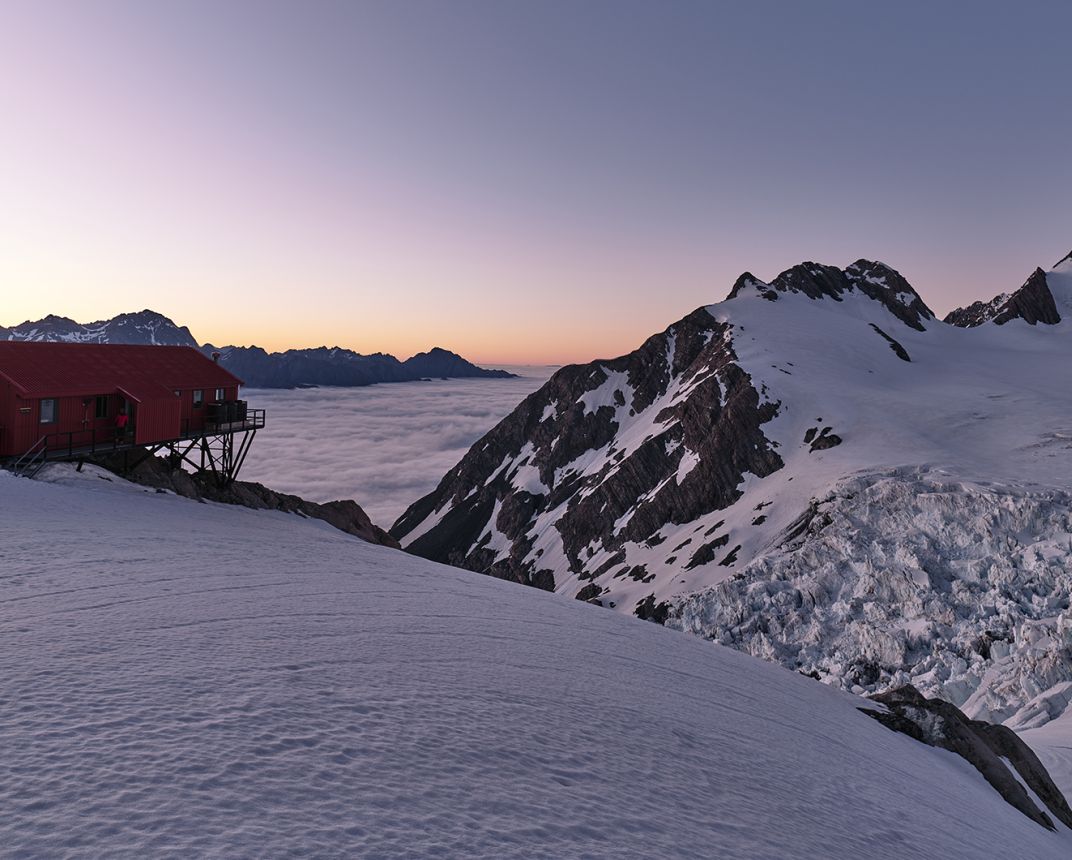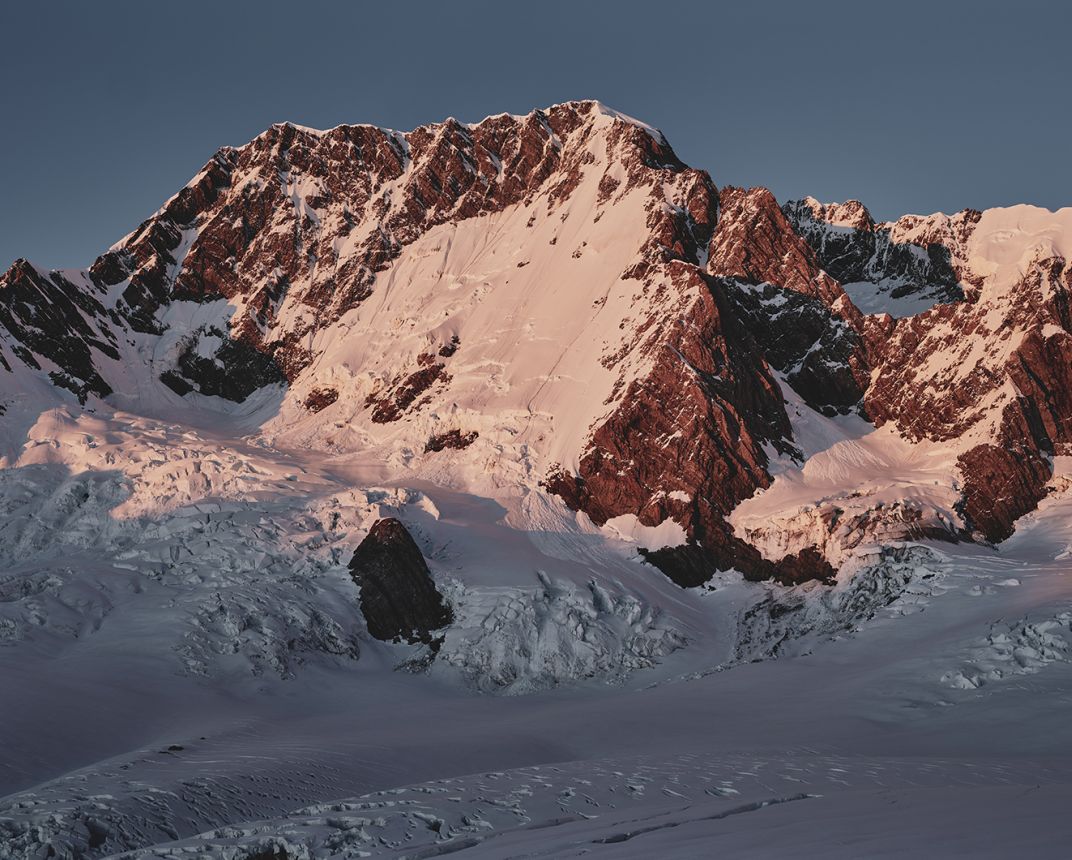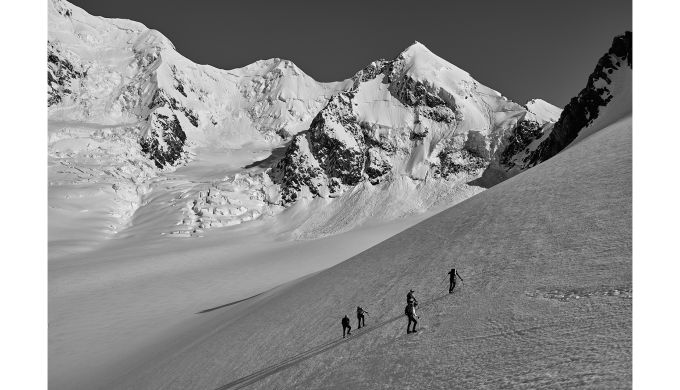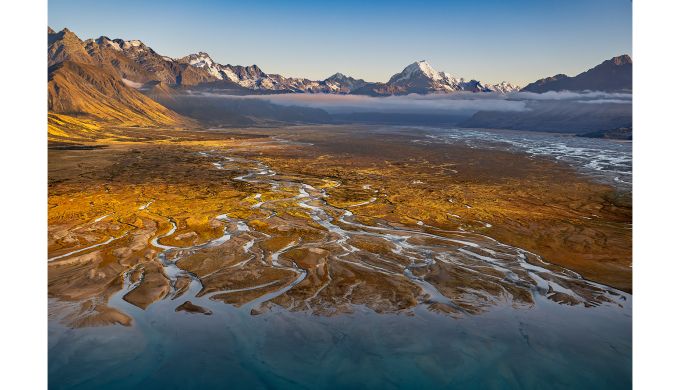When I became the General Manager of the New Zealand Alpine Club seven years ago, I imagined that the job would involve organising amazing climbing events, supporting publication of our fantastic literature and generally finding ways of promoting climbing in New Zealand. All of this is true, and I feel privileged to lead the Club. What I did not anticipate was that I would spend so much time talking about toilets, human waste and the practical issues of dealing with it.
Phase 1 of the project showed that some Arowhenua whānau were deeply suspicious of what mountaineers were doing up on Aoraki Mt Cook. Because most Arowhenua whānau had not been up onto the high areas of the mountain, they didn’t have any direct experience of what mountaineers do. Instead, whānau pieced together available information from sources like documentaries showing piles of rubbish, human waste and dead bodies on Everest. Little wonder that mountaineers were not necessarily viewed in a good light.




